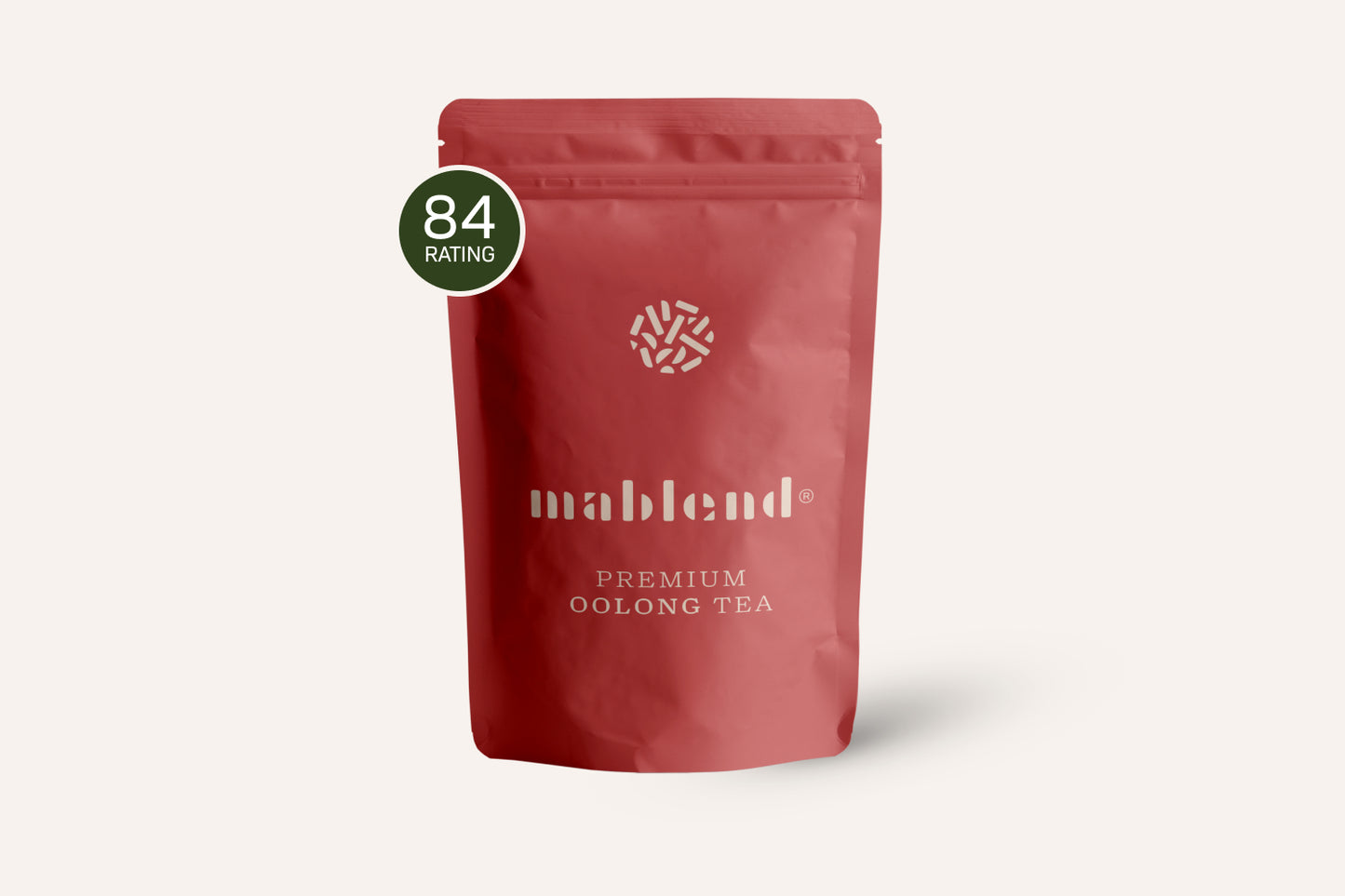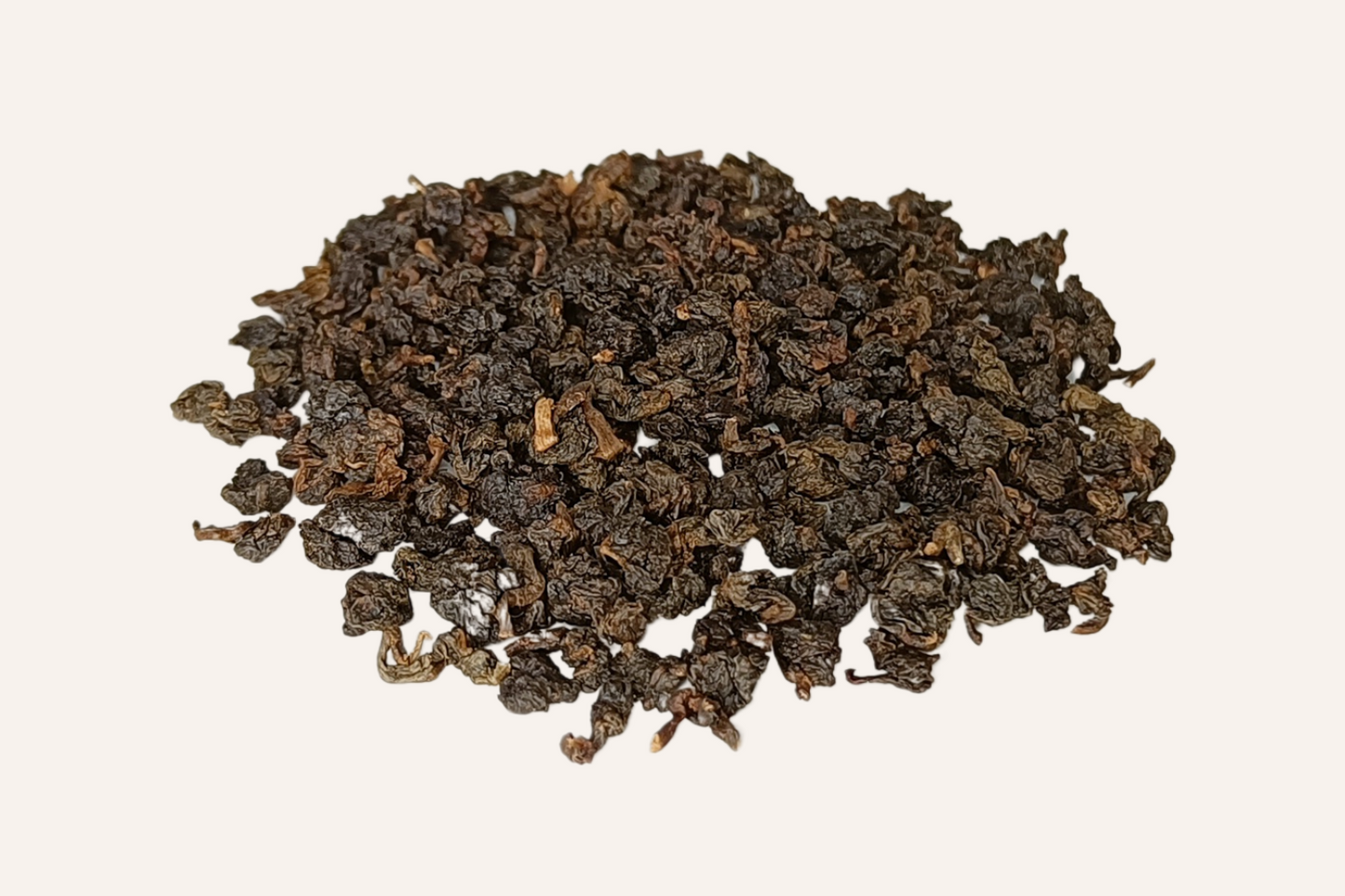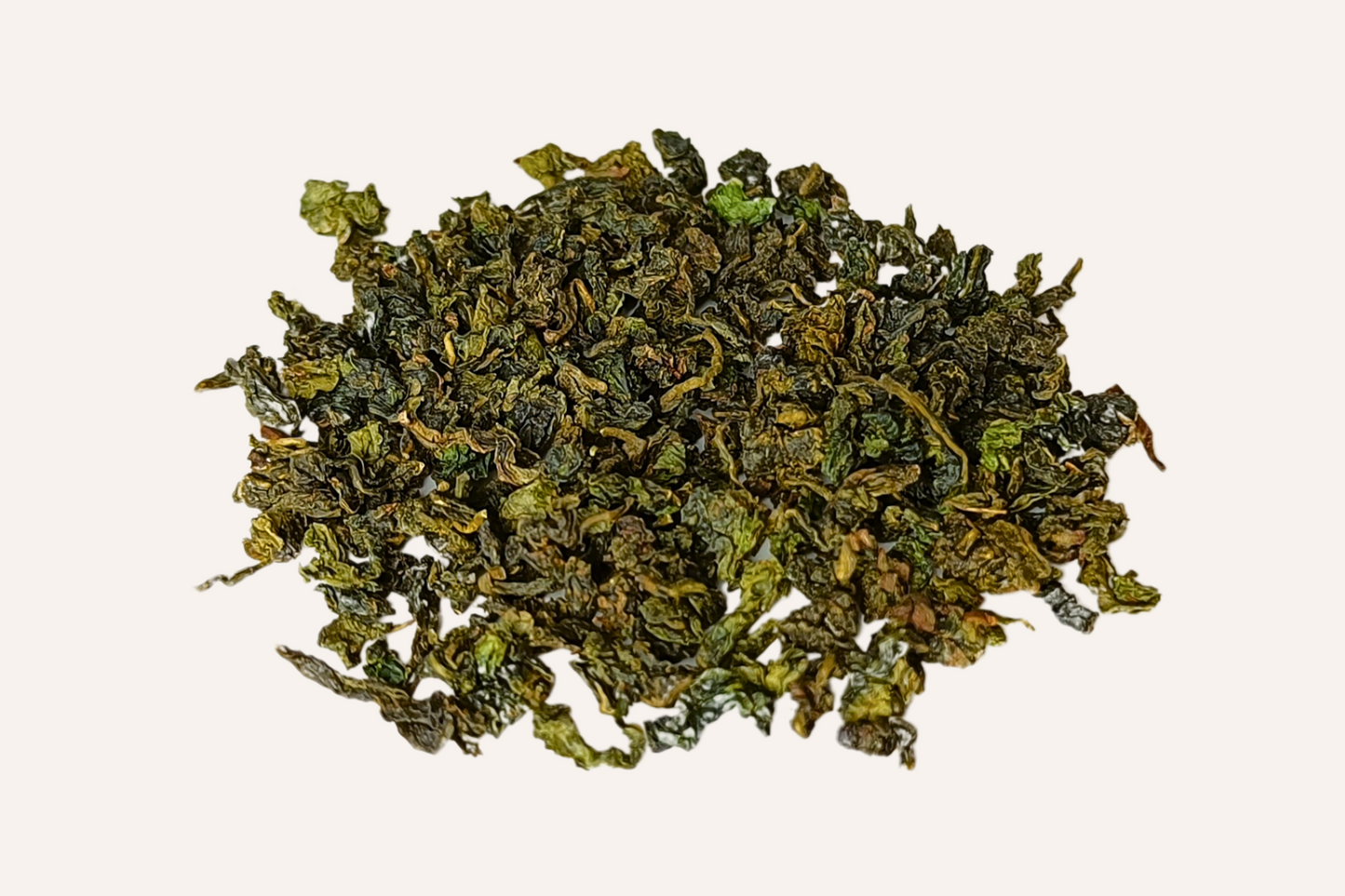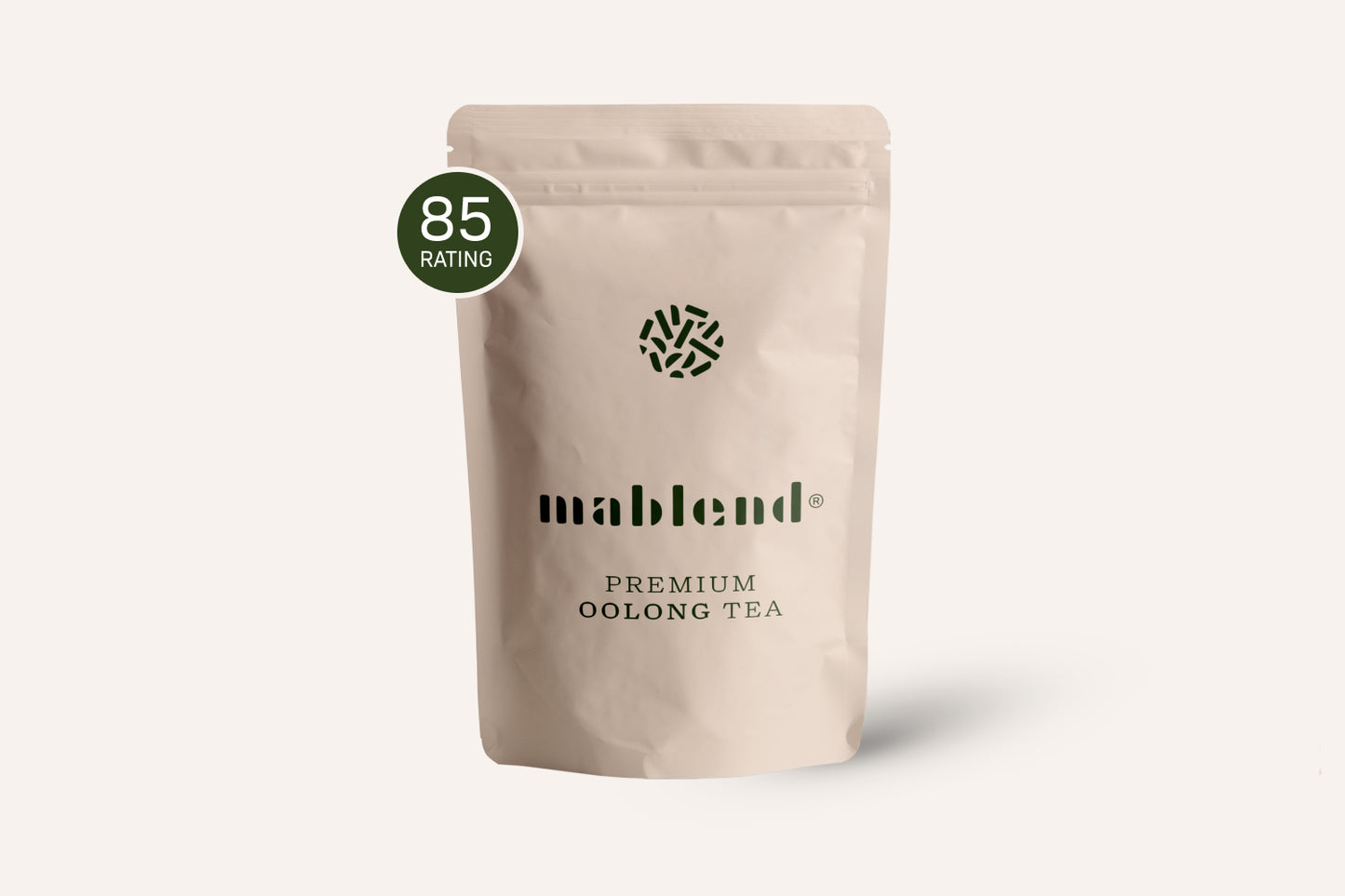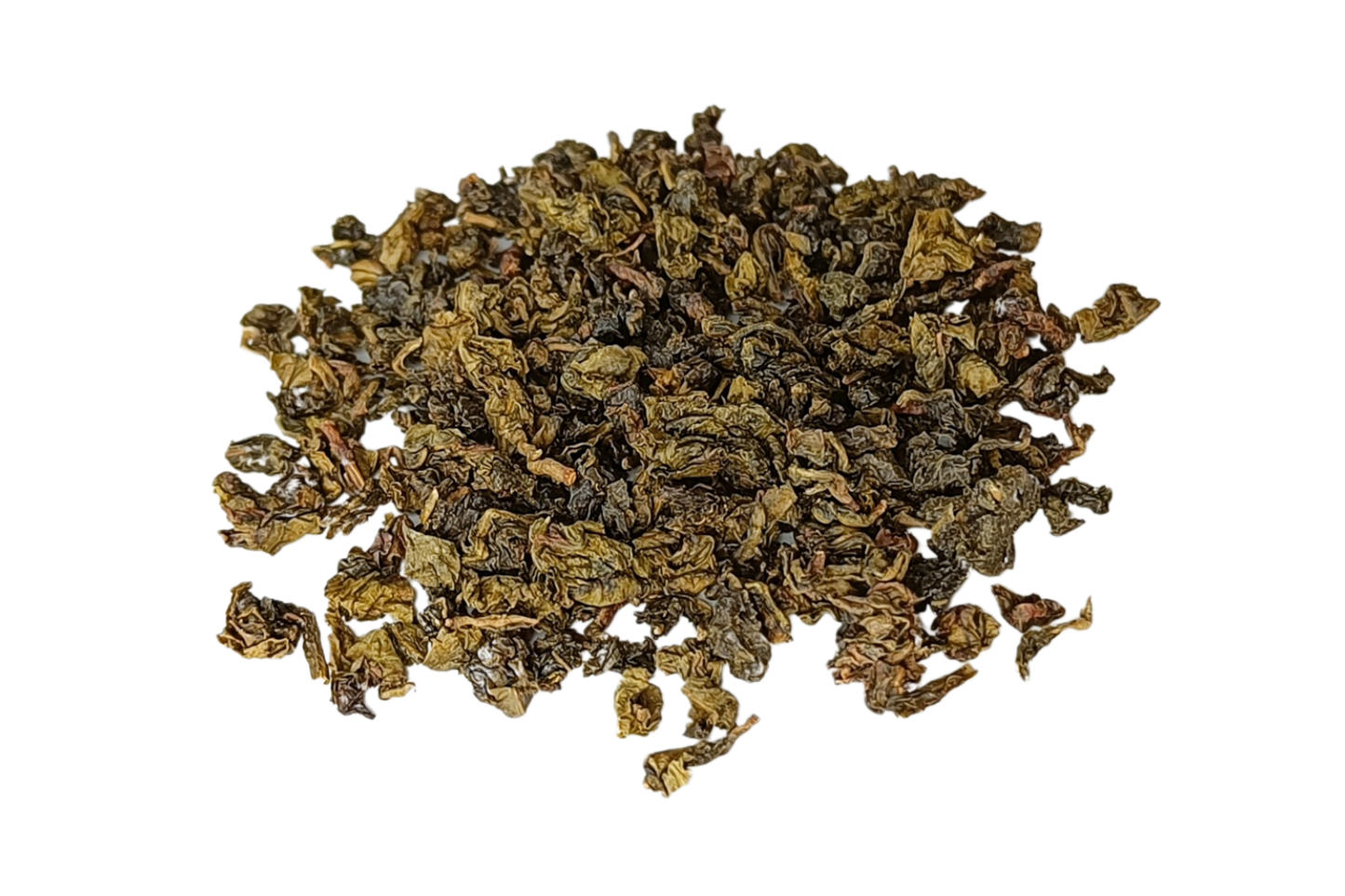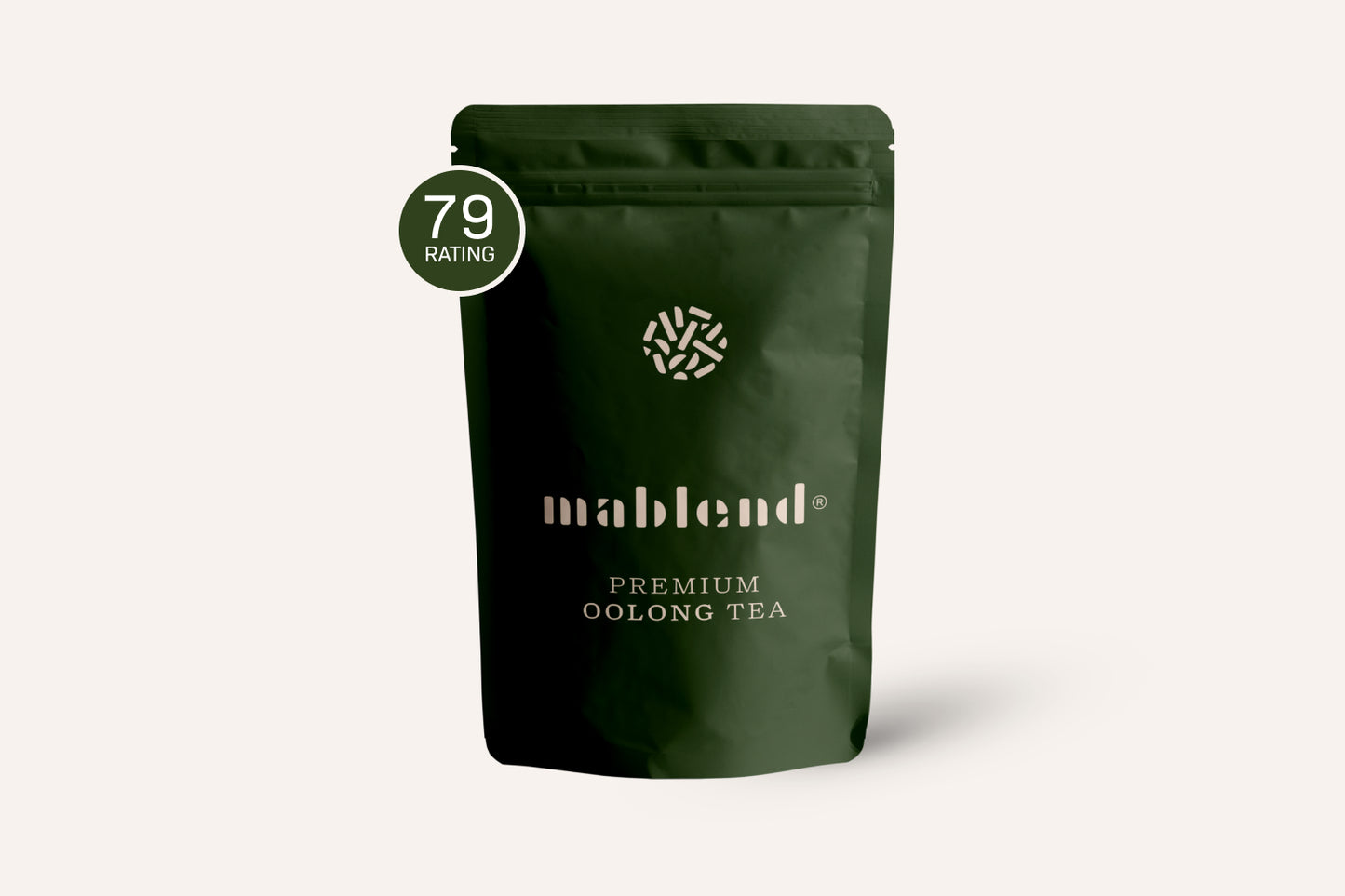Have you ever wondered what causes that bitter, astringent taste in your tea? Meet tannins, the mysterious components that are both loved and feared.
From health benefits to flavor profiles, this article reveals everything you need to know. Read on and discover the fascinating world of tannin tea!
What Are Tannins?

Introduction to tannins
Tannins are plant compounds that belong to the class of polyphenols. They are present in a variety of foods and drinks, including tea. Tannins are known for their bitter, astringent taste and have both positive and negative effects on health.
Chemical composition and properties
Tannins are complex molecules that can bind to proteins and other organic compounds. This is why they are often used in leather tanning and wine clarification. In tea they contribute to the color, taste and health benefits.
Sources of tannins outside of tea
In addition to tea, tannins can also be found in red wine, coffee, some fruits such as pomegranates and berries, and in certain nuts and legumes.
Tannin Levels in Different Teas

Black, green, white and oolong tea
Black tea generally contains the highest concentration of tannins, followed by oolong, green and white tea. The amount of tannins in tea can vary depending on the processing and fermentation of the tea leaves.
Factors that influence tannin content
The amount of tannins in tea can be influenced by several factors such as growing conditions, harvest time and processing of the tea leaves.
How tannins affect the taste and color of tea
Tannins are largely responsible for the bitter and astringent taste of tea. They also contribute to the deep color of black and oolong tea in particular.
Health Benefits of Tannins in Tea
Antioxidant properties
Tannins are rich in antioxidants, which neutralize free radicals in the body. This can help prevent cellular damage and reduce the risk of chronic diseases such as heart disease and cancer.
Anti-inflammatory effect
The anti-inflammatory properties of tannins can help reduce inflammation in the body, which can be beneficial for conditions such as arthritis and digestive problems.
Other potential benefits
There is some evidence that tannins may help improve gut health and even help regulate blood sugar levels, although further research is needed to support these claims.
Disadvantages of Tannins in Tea
Interference with iron absorption
One of the best-known disadvantages of tannins is that they can hinder the absorption of non-heme iron from plant sources. This can be a problem for people prone to iron deficiency ( source ).
Possible side effects and precautions
Although tannins are generally considered safe, they can cause stomach upset in some people. It is also important to know that excessive tannin intake can lead to liver damage.
Frequently Asked Questions
What is tannin in tea?
Tannin is a type of polyphenol that occurs naturally in tea leaves. It contributes to the bitter and astringent taste of tea and has both health benefits and potential disadvantages.
What does tannin do in your body?
In the body, tannins act as antioxidants and have anti-inflammatory properties. However, they can also hinder the absorption of certain minerals such as iron and cause stomach upset in some people.
Which tea contains the most tannin?
Black tea generally contains the highest concentration of tannins, followed by oolong, green and white tea. The amount of tannins can vary depending on various factors such as growing conditions and processing of the tea leaves.
Which tea does not contain tannin?
Herbal infusions such as chamomile, peppermint and rooibos do not contain tannins because they are not made from the Camellia sinensis plant, the source of true tea.
What is tannic acid?
Tannic acid is a specific type of tannin commonly used in leather tanning. In the context of tea, the term "tannic acid" is sometimes used as another name for tannins, although this is not entirely technically correct.
